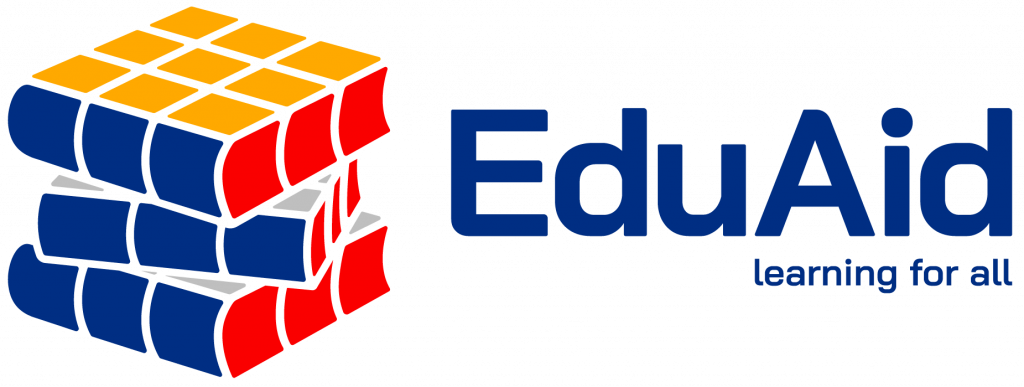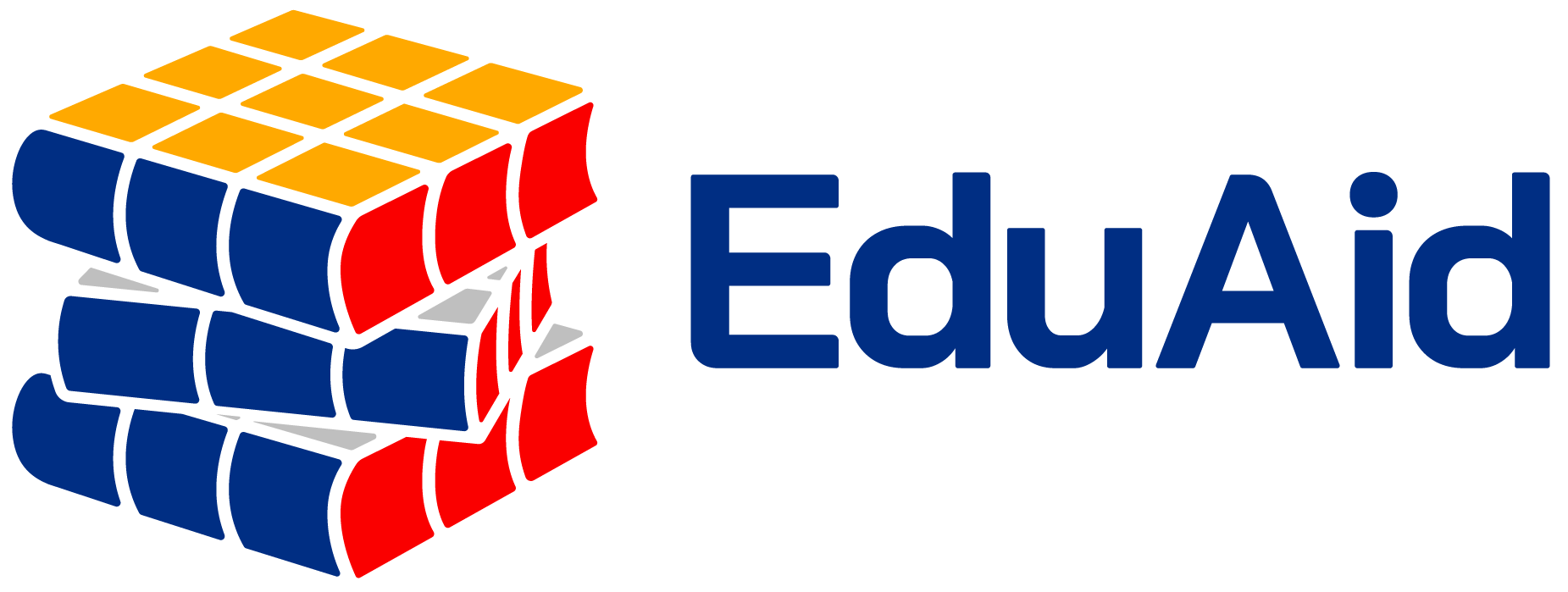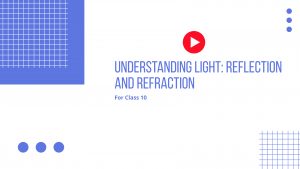NCERT Solutions for Science Class 9 Chapter 2
Chapter 2: Is Matter Around Us Pure
Excercise 1:
Question 1: What is meant by a pure substance?
Answer: The type of substance consisting of a single type of particle of the same chemical nature is called a pure substance. It can be classified as elements or compounds.
Question 2: List the points of difference between homogeneous and heterogeneous mixtures.
Answer 2:
| Homogeneous mixture | Heterogeneous mixture |
| Uniform composition throughout | Uniform composition throughout |
| Constituents cannot be separated by simple physical means | Constituents can be separated by simple physical means |
| E.g., salt in water, sugar in water, copper sulphate in water | E.g., sodium chloride and iron fillings, salt and sulphur, oil and water |
Excercise 2:
Question 1: Differentiate between homogeneous and heterogeneous mixtures with examples.
Answer:
| Homogeneous mixture | Heterogeneous mixture |
| Uniform composition throughout | Non-uniform composition throughout |
| Constituents cannot be separated by simple physical means | Constituents can be separated by simple physical means |
| E.g., mixtures of salt in water, sugar in water, copper sulphate in water, iodine in alcohol, alloy, and air | E.g., composition of mixtures of sodium chloride and iron fillings, salt and sulphur, oil and water, chalk powder in water, wheat flour in water, milk and water |
Question 2: How are sol, solution and suspenstion different from each other?
Answer:
| Sol (Colloid) | Solution | Suspension |
| Heterogeneous mixture | Homogeneous mixture | Homogeneous mixture |
| Solute particles cannot be seen with the naked eye | Solute particles cannot be seen with the naked eye | Solute particles can be seen with the naked eye |
| Spread uniformly throughout | Spread uniformly throughout | Suspended throughout the |
| the mixture | the mixture | mixture |
| Tyndall effect is observed | Tyndall effect is not observed | Tyndall effect is observed |
| E.g., milk of magnesia | E.g., salt in water, sugar in water, iodine in alcohol, alloy | E.g., chalk powder and water, wheat flour and water |
Question 3: To make a saturated solution, 36 g of sodium chloride is dissolved in 100 g of water at 293 K. Find its concentration at this temperature.
Answer: Given, Mass of solute (here, sodium chkoride)=36 g Mass of solvent (here, water=100 g
Then, mass of solution =Mass of solute + Mass of solvent
\(=(36+100)\space g\)
\(=136\space g\)
Therefore, concentration (mass by mass percentage) of the solution
\(=\frac{Mass\space of \space solute}{Mass\space of \space solvent}\times100%\)
\(=\frac{36}{136}\times100%\)
\(=26.47%\)
Exercise 3
Question 1: Classify the following as chemical or physical changes:
• Cutting of trees
• Melting of butter in a pan
• Rusting of almirah
• Boiling of water to form steam
• Passing of electric current through water, and water breaking down into hydrogen and oxygen gas
• Dissolving common salt in water
• Making a fruit salad with raw fruits
• Burning of paper and wood
Answer:
• Cutting of trees: Physical change
• Melting of butter in a pan: Physical change
• Rusting of almirah: Chemical change
• Boiling of water to form steam: Physical change
• Passing of electric current through water, and water breaking down into hydrogen and oxygen gas: Chemical change
• Dissolving common salt in water: Physical change
• Making a fruit salad with raw fruits: Physical change
• Burning of paper and wood: Chemical change
Question 2: Try segregating the things around you as pure substances or mixtures.
Answer: The pure substances or mixtures present around us are:
Water, salt, sugar, Salt water, soil, wood, air, cold drink, rubber, sponge, fog, milk, butter, clothes, food, etc.
| Pure Substance | Mizture |
| Water, salt, sugar | Salt water, soil, wood, air, cold drink, rubber, sponge, fog, milk, butter, clothes, food |
NCERT Exercise
Question 1: Which separation techniques will you apply for the separation of the following?
a. Sodium chloride from its solution in water.
b. Ammonium chloride from a mixture containing sodium chloride and ammonium chloride.
c. Small pieces of metal in the engine oil of a car.
d. Different pigments from an extract of flower petals.
e. Butter from curd.
f. Oil from water.
g. Tea leaves from tea.
h. Iron pins from sand.
i. Wheat grains from husk.
j. Fine mud particles suspended in water.
Answer:
a. Sodium chloride from its solution in water: Evaporation
b. Ammonium chloride from a mixture containing sodium chloride and ammonium chloride: Sublimation
c. Small pieces of metal in the engine oil of a car: Centrifugation or filtration
d. Different pigments from an extract of flower petals: Chromatography
e. Butter from curd: Centrifugation
f. Oil from water: Using separating funnel
g. Tea leaves from tea: Filtration
h. Iron pins from sand: Magnetic separation
i. Wheat grains from husk: Winnowing
j. Fine mud particles suspended in water: Centrifugation
Question 2: Write the steps you would use for making tea. Use the words: solution, solvent, solute, dissolve, soluble, insoluble, filtrate and residue.
Answer:
Step-1: Water is taken as a solvent in a saucepan.
Step-2: This water (solvent) is allowed to boil.
Step-3: During heating, milk and tea leaves are added to the solvent as solutes. They form a solution.
Step-4: Then, the solution is poured through a strainer. The insoluble part of the solution remains on the strainer as residue.
Step-5: Sugar is added to the filtrate, which dissolves in it. The resulting solution is the required tea.
Question 3: Pragya tested the solubility of three different substances at different temperatures and collected the data as given below.
Results are given in the following table, as grams of substance dissolved in 100 grams of water to form a saturated solution.
| Substance Dissolved | Tenperature in K | ||||
| Solubility (gm/100grams of water) | |||||
| Potassium nitrate | 21 | 32 | 62 | 106 | 167 |
| Sodium Chloride | 36 | 36 | 36 | 37 | 37 |
| Potassium Chloride | 35 | 35 | 40 | 46 | 54 |
| Ammonium Chloride | 24 | 37 | 41 | 55 | 66 |
a) What mass of potassium nitrate would be needed to produce a saturated solution of potassium nitrate in 50 grams of water at 313 K?
b) Pragya makes a saturated solution of potassium chloride in water at 353 K and leaves the solution to cool at room temperature. What would she observe as the solution cools?
Explain.
c) Find the solubility of each salt at 293 K. Which salt has the highest solubility at this temperature.
d) What is the effect of change of temperature on the solubility of a salt?
Anwer:
a)
• Given the solubility of potassium nitrate at \(313K = \frac{62g}{100g}\) of water
• It means, 100 g of water contains potassium nitrate = 62g
• Therefore, 50 g of water will contain potassium nitrate
\(= \frac{62}{100}\times50= 31g\)
Thus, 31 g potassium nitrate would be needed to produce a saturated solution of potassium
nitrate in 50 g of water at 313 K.
b) Some soluble potassium chloride will separate out in the form of crystal at room temperature because the solubility of potassium chloride will decrease.
c)The solubilities of different salts at 293K are as follows:
• Potassium nitrate has a solubility of 32 g/100g of water at 293 K.
• Sodium chloride has a solubility of 36 g/100g of water at 293 K.
• Potassium chloride has a solubility of 35 g/100g of water at 293 K.
• Ammonium chloride has a solubility of 37 g/100g of water at 293 K.
• The solubility of Ammonium chloride is highest at this temperature.
d) The solubility of salt increases with the increase in temperature.
Question 4:
Explain the following giving examples:
a. Saturated solution
b. Pure substance
c. Colloid Suspension
Solution 4:
(a) Saturated solution: A solution that has dissolved as much solute as it is capable of dissolving. No more solute can be dissolved at that given temperature.
Suppose 1000 g of a solvent can dissolve a maximum of 200 g of a particular solute at 50°C.
Then, the solution obtained by dissolving 200 g of that solute in 1000 g of that solvent at 50° C is said to be a saturated solution at 50°C.
(b) Pure substance: The substance consisting of a single type of particles i.e., all constituent particles of the substance have the same chemical properties.
For example, salt, sugar, ice are pure substances.
(c) Colloid
• A colloid is a heterogeneous mixture.
• The size of the solutes in colloids is so small that they cannot be seen individually with naked eyes.
• The colloidal particles are distributed uniformly throughout the mixture.
• The solute particles do not settle down when the mixture is left undisturbed, which means colloids are quite stable
• Colloids cannot be separated by the process of filtration.
• Constituents of colloid can be separated by the process of centrifugation.
• Colloid shows the Tyndall effect.
• Few examples of colloids are milk, butter, foam, fog, smoke, clouds.
(d) Suspension
• Suspensions are heterogeneous mixtures.
• The solute particles in suspension remain suspended throughout the bulk of the medium. The particles can be seen with naked eyes.
• Suspension shows the Tyndall effect.
• The solute particles settle down when the mixture is left undisturbed, which means suspensions are unstable.
• Constituents of suspensions can be separated by the method of filtration.
• Few examples of suspensions are mixtures of chalk powder and water, wheat flour and water.
Question 5: Classify each of the following as a homogeneous or heterogeneous mixture. Soda water, wood, air, soil, vinegar, filtered tea
Answer:
| Homogeneous mixtures | Heterogeneous mixtures |
| Soda water, air, vinegar, filtered tea | Wood, soil |
Question 6: How would you confirm that a colourless liquid given to you is pure water?
Answer:
Every pure liquid has a characteristic boiling point. Pure water has a boiling point of 100°C at 1 atmospheric pressure. If the given colourless liquid boils exactly at 100°C, then the given liquid is pure water. If it boils at even slightly above or below 100°C, then the given liquid is not pure water. Thus, by observing the boiling point, we can confirm whether a given colourless liquid is pure water or not.
Question 7: Which of the following materials fall in the category of a “pure substance”?
(a) Ice
(b) Milk
(c) Iron
(d) Hydrochloric Acid
(e) Calcium oxide
(f) Mercury
(g) Brick
(h) Wood
(i) Air
Answer: The pure substances are:
1. Ice
2. Iron
3. Hydrochloric acid
4. Calcium oxide
5. Mercury
Question 8: Identify the solutions among the following mixtures:
(a) Soil
(b) Sea water
(c) Air
(d) Coal
(e) Soda water
Solution 8:
The following mixtures are solutions:
(b) Sea water
(c) Air
(e) Soda water
Question 9: Which of the following will show the “Tyndall effect”?
(a) Salt solution
(b) Milk
(c) Copper sulphate solution
(d) Starch solution
Answer:
Among the given examples only milk and starch solution are colloids which will show the “Tyndall effect”.
Question 10: Classify the following into elements, compounds and mixtures:
(a) Sodium
(b) Soil
(c) Sugar solution
(d) Silver
(e) Calcium carbonate
(f) Tin
(g) Silicon
(h) Coal
(i) Air
(j) Soap
(k) Methane
(l) Carbon dioxide
(m) Blood
Answer:
| Elements | Compounds | Mixture |
| (a) sodium | (e) Calcium Carbonate | (b) soil |
| (d) Silver | (k) Methane | (c) Sugar solution |
| (f) Tin | (l) Cardbon dioxide | (h) Coal |
| (g) Silicon | (i) Air | |
| (j) Soap | ||
| (m) Blood |
Question 11: Which of the following are chemical changes?
a. Growth of a plant
b. Rusting of iron
c. Mixing of iron fillings and sand
d. Cooking of food
e. Digestion of food
f. Freezing of water
g. Burning of candle
Answer:
The following changes are chemical changes:
| Chemical changes | Physical changes |
| (a) Growth of plant | (c) Mixing of iron fillings and sand |
| (b) Rusting of iron | (f) Freezing of water |
| (d) Cooking of food | |
| (e) Digestion of food | |
| (g) Burning of candle |
Study materials
- Refernce Books
- NCERT Solutions
- Syllabus








